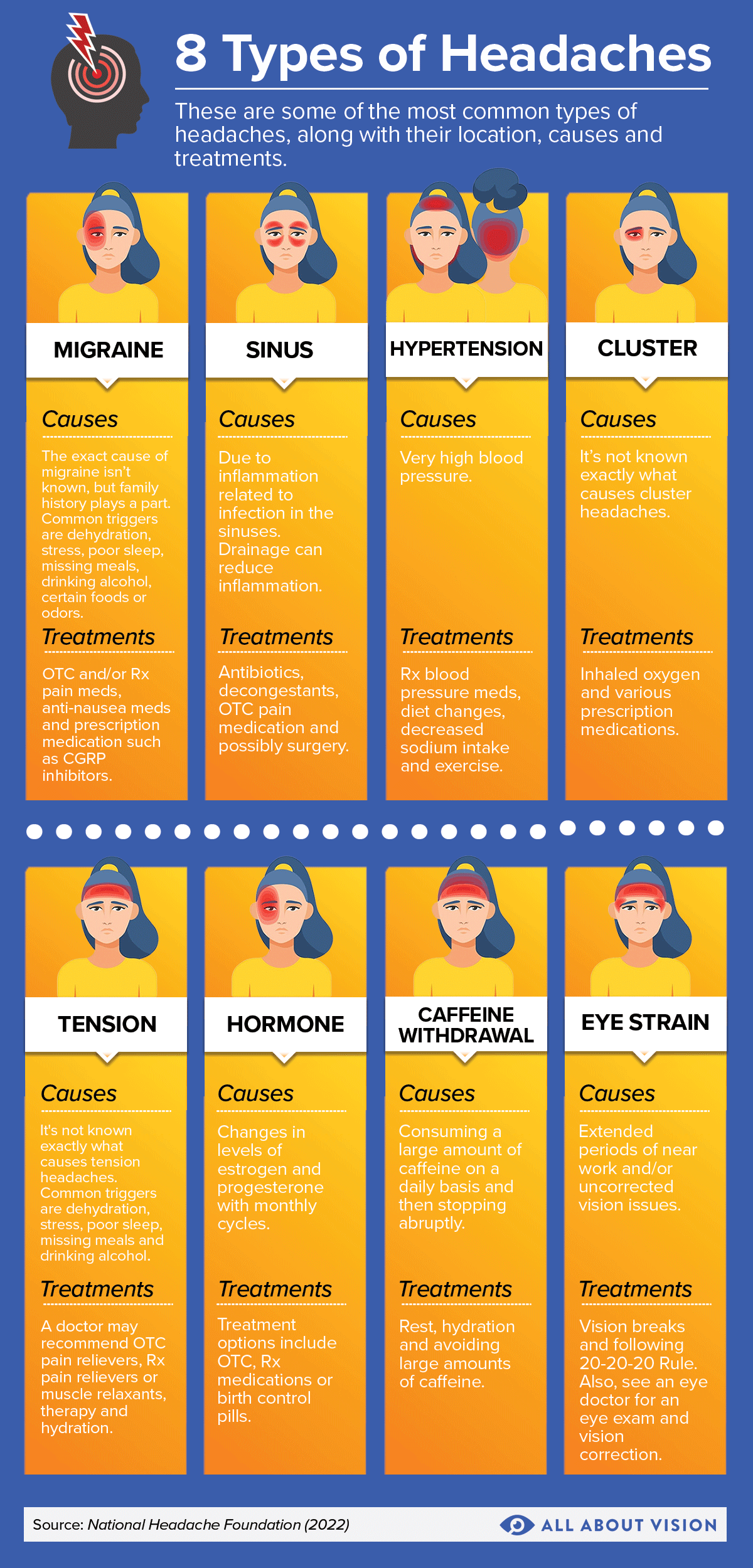Unpacking Dicephalic Meaning: A Look At Rare Conjoined Twinning
Have you ever wondered about the incredible, sometimes puzzling, ways human life can develop? It's really quite something, the variety we see. Well, today, we're going to talk about a very specific and rather uncommon term that helps us describe one of these unique forms of development: dicephalic meaning. This isn't something we hear about every day, and it brings up a lot of questions for many people, I mean, it's just so unusual.
So, what exactly does "dicephalic" refer to? It's a word used in medicine to describe a particular kind of partial twinning. Imagine, if you will, two heads existing side by side on what is essentially a single body. That's the core idea, and it's a condition that truly stands out because of its distinctive presentation, you know, it's pretty rare.
Learning about dicephalic meaning helps us appreciate the wide range of human experiences and the complex processes of early development. It's a topic that, while not often discussed, certainly sparks curiosity and a desire to understand more about how life takes shape, and that, is that.
Table of Contents
- What is Dicephalic Meaning, Really?
- How Dicephalic Twins Are Formed
- The Rarity and Importance of Understanding
- Addressing Common Questions About Dicephalic Meaning
What is Dicephalic Meaning, Really?
When we talk about the dicephalic meaning, we're really focusing on a very specific kind of partial twinning. Think of it this way: it's a situation where two heads are present, placed right next to each other, but they are both attached to one single torso. This kind of twin development, known as dicephalic parapagus, is something medical professionals consider quite rare, you know, it's just not seen often.
The term 'dicephalus' itself, basically, describes a particular way that parapagus twins can show up. Parapagus is a broader category for conjoined twins who are joined side-by-side. So, when we add 'dicephalus' to it, we're talking about parapagus twins who specifically have two separate heads, even though their bodies are joined. It's a distinction that helps medical folks be very precise when they talk about these unique cases, and that, is that.
Understanding the dicephalic meaning means recognizing this distinct presentation. It's not just any conjoined twin situation; it's one where the head count is double, while the body structure below the neck is unified. This makes it a very particular and rather striking form of twinning, so it's almost, unique in its own way.
A Closer Look at Parapagus Twinning
To fully grasp dicephalic meaning, it helps to know a bit about parapagus twinning in general. Parapagus twins are conjoined twins who are connected side-by-side, often sharing a pelvis or a lower body. The way they are joined can vary a lot, and 'dicephalus' is just one specific way that parapagus twins can show up, you know, it's a subset of that larger group.
So, when we say 'dicephalus parapagus,' we're narrowing it down even further. We're talking about those side-by-side conjoined twins who have two completely separate heads. It's important to remember that this specific type, with its two distinct heads on a shared body, is something doctors don't see very often in their day-to-day work, and that, is that.
The classification helps medical teams describe what they are seeing very clearly. It ensures everyone is on the same page when discussing these rare occurrences. It’s a way of being very precise about the unique characteristics of these twins, so, it's pretty important for medical communication.
How Dicephalic Twins Are Formed
The formation of dicephalic twins, like other forms of conjoined twinning, comes from the very early stages of development. It happens when a single fertilized egg, which would normally develop into one person, doesn't completely separate into two distinct individuals. Instead, the separation is incomplete, leading to a shared body structure, and that, is that.
There are a variety of reasons, or 'etiologies' as medical people might say, that can lead to twinning and other congenital, or birth, differences. These reasons can be complex and are not always fully understood. But what we do know is that in dicephalic twins, the developmental process results in two separate heads, while the rest of the body below the neck or upper chest is shared, you know, it's pretty fascinating how it all works.
This shared body from the neck or upper chest downwards is a defining characteristic of dicephalic twins. It means they share many of the same internal structures and systems, even though they have two distinct heads. It's a really unique and rather complex developmental pathway, so, it's quite a thing to consider.
Shared Systems and Distinct Features
What's particularly striking about dicephalic parapagus twins is how they share some body parts while having others that are entirely their own. For instance, these twins share a common body from the neck or upper chest area all the way down. This means they typically have two sets of arms and legs, so, they are tetrabrachial and tetrapusal, which is just a way of saying four arms and four legs.
Beyond the limbs, they also share reproductive organs. This sharing of the lower body and certain vital systems is what makes them truly conjoined. However, despite this extensive sharing, each individual twin within the dicephalic pair still possesses some very important and distinct features, and that, is that.
For example, even though they share a torso, each twin typically has their own heart, their own stomach, a separate spine, their own set of lungs, and a distinct spinal cord. This means that while they are connected, they also maintain a significant degree of individual organ function for these crucial systems. It's a really interesting balance of shared and separate biology, you know, it's pretty remarkable.
The Rarity and Importance of Understanding
Dicephalic parapagus twins are something that medical professionals don't see very often in clinical practice. They are truly rare occurrences. Because of their unique and complex anatomy, the outlook for these twins, or their prognosis, isn't usually very good. This makes every case particularly significant for medical study and understanding, and that, is that.
Despite the challenges, a timely diagnosis is really important. Knowing about the condition early allows medical teams to prepare and understand the specific anatomical situation. This early understanding can help in planning any potential medical care or interventions, even though the prognosis is often poor, you know, it's about being as prepared as possible.
For instance, medical findings from autopsies of dicephalic twins provide crucial information that helps researchers and doctors learn more about these rare forms of twinning. These studies help to build a body of knowledge that can inform future medical understanding and potentially, one day, even better care strategies. It’s a way of learning from every unique situation, so, it's quite valuable for medical science.
The fact that these twins are often very much alike on both sides, or highly symmetric for conjoined twins, is another aspect that makes them medically interesting. This symmetry can sometimes make their complex anatomy even more challenging to fully grasp without detailed examination, you know, it's pretty intricate.
To learn more about conjoined twins on our site, and link to this page understanding rare medical conditions.
Addressing Common Questions About Dicephalic Meaning
Many people have questions when they first hear about dicephalic meaning. It's a complex topic, so let's try to answer some of the common things people wonder about, you know, just to clear things up.
What is the meaning of dicephalic?
Basically, 'dicephalic' means having two heads. When we talk about dicephalic meaning in a medical sense, it refers to a very rare type of partial twinning where two distinct heads are present, but they are both attached to a single torso or body. It's a specific term used to describe this unique form of conjoined twin development, and that, is that.
What is the difference between dicephalic and parapagus?
Alright, so 'parapagus' is a broader term for conjoined twins who are joined side-by-side, often sharing parts of their lower body. 'Dicephalic' is a more specific term that describes a *type* of parapagus twinning. So, dicephalic parapagus means you have parapagus twins (joined side-by-side) who specifically have two separate heads. Think of parapagus as the general category, and dicephalic as a particular example within that category, you know, it's pretty straightforward once you get it.
How rare are dicephalic twins?
Dicephalic twins are considered extremely rare. They are not often encountered in medical practice. The rarity, combined with the complex nature of their shared anatomy, means that each case is very important for medical study and understanding. The outlook for these twins isn't usually very good, which further highlights their rarity and the challenges associated with this condition, so, it's quite uncommon.
Understanding dicephalic meaning helps us appreciate the vast spectrum of human development. It's a reminder of the intricate processes that shape life and the ongoing efforts in the medical community to comprehend and support even the rarest of conditions. It's a topic that, you know, really makes you think about the wonders and complexities of biology.

Headache On Right Side Of Head And Left Eye Twitching Meaning

Partition Meaning English To Hindi at Nadia Evelyn blog

Daily Use English Words With Bengali Meaning Pdf - Free